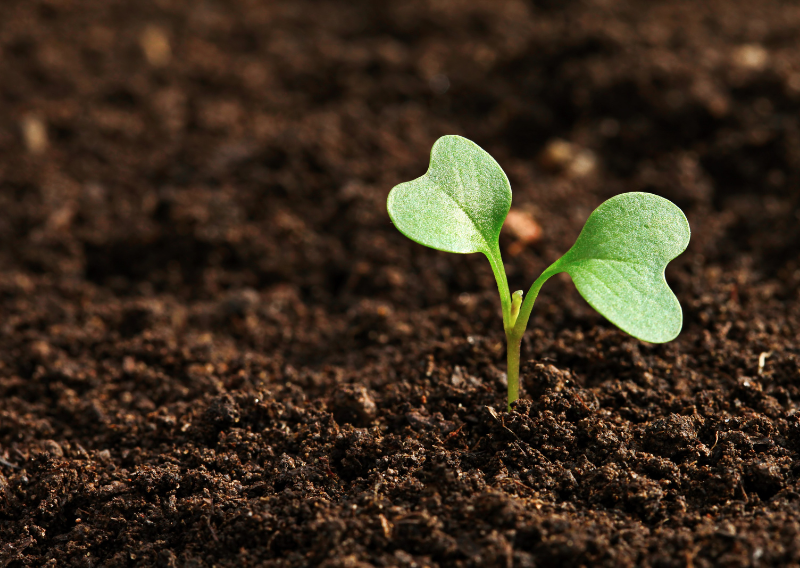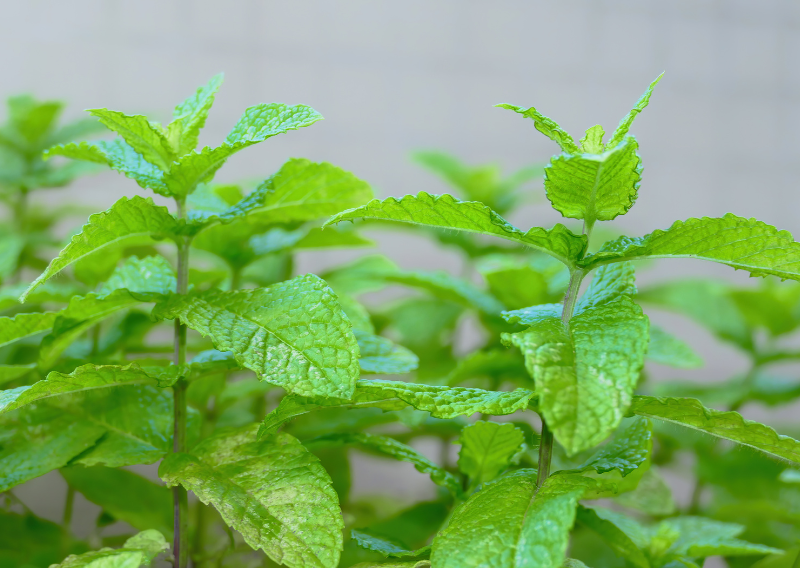
6 Easy Steps To Understand Your Garden’s Soil Type: A Must Knowledge For Every Gardener
Have you experienced a stressful event where you’ve carefully selected the perfect plants for your garden, nurtured them from seeds, and eagerly planted them in your soil, and then weeks pass, and instead of a lush, thriving garden, your plants struggle to grow, their leaves become yellow, and their growth is very slow? What went wrong? The answer might be the soil type. Every gardener has experienced this (yes, including me!) especially those who are just starting.
Don’t worry, because you can test your soil type and structure in just a few easy steps that I will share. Learning what kind of soil you have in your garden will help you understand what soil amendments are needed to grow your own food and how to water your plant—it’s like unlocking a secret code to gardening success.


How To Test Your Soil
This is one of the cheapest and easiest tricks anyone can do to learn more about your growing space and soil structure! Remember that there are no gardening mistakes; just experiments that might lead to failure, but still offer a valuable lesson!
- Collect some soil samples from a few different areas of your garden to get a good idea of the overall quality of your soil.
- Fill up a jar halfway through with a soil sample from your garden.
- Fill the rest of the jar with water leaving one inch cup from the top.
- Shake the jar for at least one minute. Set them on a flat for a minimum of 24 hours.
- Large particles will be at the bottom, silty particles in the middle, and clay will settle at the top of your soil.
- The ideal ratio for your soil is loamy at 40% sand, 40% silt, and 20% clay! Amend your soil based on the test result.
Why You Need To Understand Your Soil Type
- Optimal Plant Growth: Different plants thrive in different soil types. Some love sandy, well-draining soil, while others prefer the moisture-retaining properties of clay. Knowing your soil type allows you to choose plants that will flourish in your garden.
- Nutrient Availability: Soil provides essential nutrients for plant growth. By knowing your soil type, you can amend it with organic matter or fertilizers to ensure your plants receive the nutrients they need.
- Water Management: Soil type also affects water retention and drainage. Understanding your soil’s water-holding capacity allows you to water your plants appropriately, preventing over or under-watering.
- Pest and Disease Management: Soil health is closely linked to plant health. Poorly drained soil can create conditions favorable for root rot and other diseases and certain soil types may attract specific pests. Knowing your soil type allows you to take preventive measures, such as improving drainage or selecting pest-resistant plants.
- Environmental Impact: Understanding your soil type can also help you make more environmentally friendly gardening choices. For example, planting native plants that are well-suited to your soil type can reduce the need for chemical fertilizers and pesticides, benefiting the local ecosystem.
Understanding your soil type is one of the keys to successful gardening. It forms the basis for a healthy garden, leading to vibrant plants and abundant harvests. Before starting your garden, take the time to discover your soil type by following the steps above.
Happy growing!






















